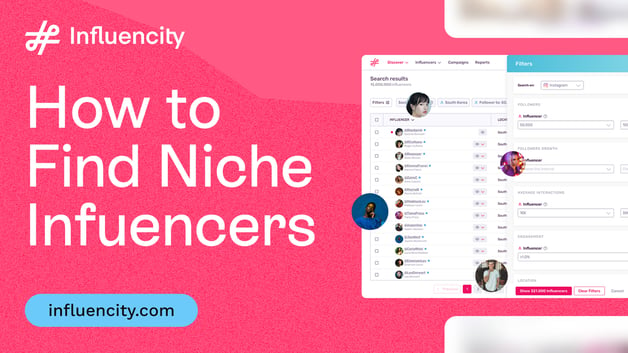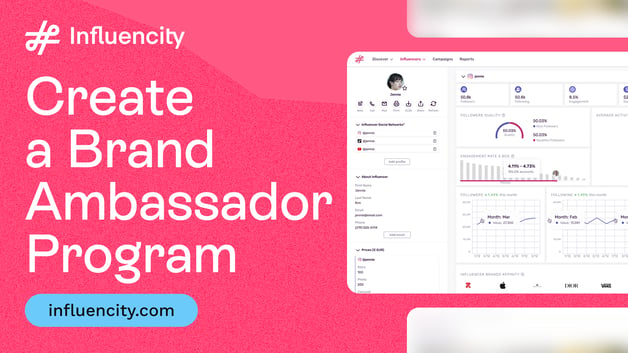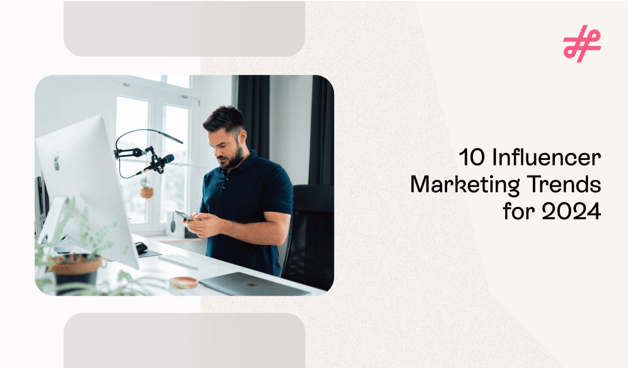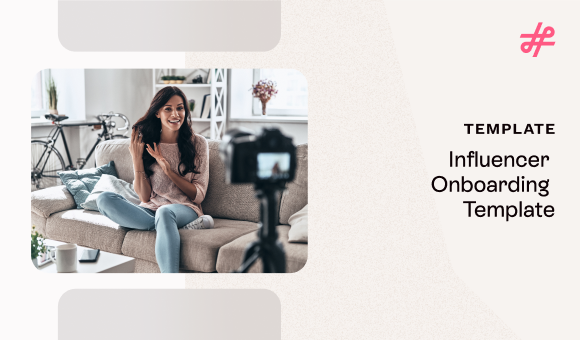Influencer Marketing
A Risk-Proof Vetting Process for Campaign Planners: How Rare Beauty Gets it Right
Influencer Marketing
I’m a mom to a toddler, which means I mostly follow parenting influencers and educators like Miss Rachel. I look up to them for advice and tips, as well as relatable parenting humor. What especially got my attention was her post promoting Loryn Brantz’s book of parenting poems. The witty and relatable words immediately got me searching for the book.
This is the type of audience reaction that you can expect when the right influencer positions the right product to your target audience.
That’s why the influencer vetting process is such an important factor in the success of an influencer marketing campaign. It goes beyond looking at the numbers and going deeper into the values of a creator to see if they’re the right fit. And that’s exactly what brands like Rare Beauty get right.
As a brand that’s designed to challenge unrealistic standards of perfection, Rare Beauty needs to be very strategic with their influencer partnerships. By combining emotional intelligence with the usual data-backed evaluation process, the brand carefully vets influencers to protect both their budget and reputation.
And in this post, I’m going to break down this risk-proof influencer vetting strategy so you can replicate it for your own campaigns.
Why Influencer Vetting is a Must-Have, Not a Nice-to-Have
Today’s influencer partnerships involve much higher stakes than before. Think: six-figure budgets and full-funnel campaigns. So the influencer vetting process plays an essential role in ensuring that these investments pay off. Let’s break down the key benefits of vetting influencers thoroughly.
Ensures Brand Alignment
The most obvious reason to vet influencers is to ensure that they’re in perfect alignment with your brand. Beyond your niche or location, creators should align with your brand values and identity to help you reach the right target audience. The vetting process helps with this as you get to see what kind of values they share and what kind of content they like to create.
Brands like Rare Beauty can’t afford a mismatch in tone or values since the brand is rooted in mental health advocacy. This is why many of their partnerships involve creators who have addressed the topic or even openly talked about their own mental health struggles.
Minimizes Financial Risks
The wrong influencer fit affects your finances in several ways. First, you’re spending money on influencers who aren’t generating results, which means money down the drain. Even worse is when the influencer stirs up controversy. You’ll be spending more money to fix the problem while also losing money on lost sales.
Prevents Reputational Risks
On that note, your brand reputation can take a huge hit with the wrong choice of influencers. Think of situations where an influencer says something controversial or uses a tone-deaf approach to position the product. In some cases, you might even end up dealing with much more than negative comments. The backlash could result in a huge PR crisis that takes years to fix.
Improve Campaign ROI
The influencer vetting process helps you really narrow your focus on creators who can speak to the audience in a way that resonates. Whether this involves addressing their unique struggles or providing them with expert guidance, they help get the message across. This eventually helps you maximize ROI.
Red Flags to Spot Early (and Avoid at All Costs)
An important step in influencer vetting is learning which red flags to avoid early on in the process. Here are some of the biggest ones you should watch out for.
- Sudden Follower Spikes: A sudden increase in followers could come from a viral piece of content. But more often than not, these come from bots or paid boosts and are a clear indicator of fake influencers.
- Suspicious Engagement Drops: Similarly, some influencers may pump up engagements through paid services and engagement pods, especially for sponsored posts. You might notice a pattern of suspiciously low engagements after brand deals.
- Misaligned Past Brand Partnerships: If an influencer has a history of creating sponsored content that doesn’t align with the brand’s values, they’re not going to add value to your campaign. For example, using luxury skin filters for an authenticity-driven brand.
- Problematic Posts: An influencer with a history of making tone-deaf jokes and insensitive comments is a PR crisis in the making. Any history of controversies and PR issues is also a major red flag.
- Ghosting or Lack of Transparency in Early Negotiations: Influencers who stop responding without an explanation will likely not result in a fruitful partnership. Similarly, someone who’s not transparent about their expectations or limitations could create conflicts in your partnership.
Green Lights That Signal a Strong Creator Partner
On the flip side, there are several green lights that indicate that an influencer could be a strong partner for your brand. Knowing these positive signals is an essential part of successful influencer vetting.
Clear Audience Alignment
Of course, a clear audience alignment is going to be the first green light. Look for an influencer who can speak to a specific audience demographic and relate to their specific interests or concerns. For example, someone who struggles with sensitive skin will be able to resonate with an audience facing the same struggle.
Additionally, if they use a tone that aligns with your brand’s identity, that’s a major plus.
Rare Beauty has partnered with influencers like Vanessa Nicole Stern. This makes a lot of sense because the influencer is all about enhancing her features instead of covering them up, which aligns with the brand’s values.
Consistent Engagement with Thoughtful Comments
An influencer who has plenty of reach may be great. What’s even better is someone who drives real engagement consistently. Look beyond likes and engagement rates and find out if the influencer is driving meaningful conversations.
See if the audience is leaving thoughtful comments or even asking questions. These indicate that people are looking to them for inspiration and genuinely engaging with their content.
Notice the comments in the following post by influencer Erica Nicole. They’re not just generic comments like “Stunning” or “Gorgeous” or a bunch of emojis. Instead, the comments are relevant to the video, with some of them even asking questions or adding something to the conversation.
Prior Success with Mission-Driven Brands
Influencers who’ve helped other brands successfully promote their mission will likely be able to do the same for your brand. It shows that their content and overall presence align with the mission, enabling them to effectively get the message across to the right audience. So chances are, they can do the same for you.
This is especially true for mission-driven brands like Rare Beauty. That’s why they’ve partnered with creators like Linasha, whose content is all about dark skin makeup. The influencer’s received plenty of success working with other brands like Fenty Beauty, which is also big on inclusivity and embracing diverse beauty like Rare Beauty.
High-Quality Content that Matches Your Format Goals
In addition to checking off all the boxes above, your ideal influencer should be able to create high-quality content in the format you need. Whether this involves TikTok tutorials, relatable Reels, or GRWM videos, they should have expertise in delivering the type of content that matches your goals.
Since Rare Beauty is all about authenticity, the brand tries to focus on content that demonstrates real people using their products. That’s why their partnerships focus on influencers who can create TikToks and Reels featuring makeup demos and how-tos. The brand often reposts this content on Instagram or TikTok to fill up their Feed with relatable and trustworthy content.
@rarebeauty @kt wears Rare Beauty blushes in Worth 🌹 Soft Pinch Liquid Blush in Worth is dewy while Soft Pinch Matte Bouncy Blush is well, matte, and ultra-blurring. BOTH are rich in pigment and longwear as f*** — which one are you picking up? #rarebeauty #rarebeautyblush #bouncyblush #liquidblush #blushhack ♬ original sound - SILLYBALOO
Organized, Timely Communication
Communication is essential for a thriving partnership. That’s why influencers who communicate in an organized and timely manner are an immediate green flag. Are they responding to you promptly? Do they have polished media kits with all the info you need about their audience and previous brand partnerships?
An influencer who prioritizes clear communication makes for a strong partner because it enables them to work closely with your brand. You can easily build feedback loops to create impactful campaigns that deliver ROI.
Rare Beauty’s Vetting Philosophy: Values First, Data Second
For a mission-focused brand like Rare Beauty, a creator’s values matter more than anything else. So even someone with minimal reach may be considered a good fit because of shared values. Rare Beauty has even partnered with creators having just a few hundred followers, all because of this.
The brand prioritizes creators who align with self-expression, mental wellness, and vulnerability.
So you can see partnerships with influencers who’ve spoken up about their mental health struggles or openly talked about their insecurities. Similarly, many of the brand’s influencer partners include creators who confidently embrace their unique features or imperfections to break unrealistic beauty standards.
Naturally, their campaigns succeed because they build trust before they build hype. And it all comes down to a thorough vetting strategy that looks beyond metrics like following size or engagement rate.
Rare Beauty’s influencer vetting process includes the following key elements:
- Creator’s tone and how they speak to their community. Relatability matters a lot because they want influencers who can speak to the audience in a way that resonates. They’ve partnered with influencers like Melinda Melrose, who speaks to her audience in an authentic and unfiltered tone in spite of being a TV personality.
- Past brand alignment. Since the brand wants to redefine beauty standards, they look for influencers who embrace imperfections and confidently flaunt their unique features. So they assess previous brand partnerships and focus on influencers who avoid partnering with brands that promote perfection.
They have ongoing partnerships with influencers like Loren Marie, who’ve previously promoted brands like Fenty Beauty.
- How followers engage in comments. Rare Beauty wants to empower their community, which is why they look at the way an influencer’s audience engages with their content. The comments section can show them whether the audience is feeling empowered or sold to.
Build a Repeatable Vetting Workflow
Having a solid vetting workflow in place will help you streamline the process for future campaigns. Let’s look at the step-by-step checklist to help you strategically vet influencers.
Step 1: Run an Audience Quality Scan
An audience quality scan is the fastest way to determine if a creator has authentic influence. It helps you differentiate between real and fake influencers, so you can focus your vetting efforts on the most genuine creators. Use Influencity to check the follower quality of each influencer.

Step 2: Cross-Check Audience Location and Interests with Campaign Goals
It’s not enough that the influencer has a high-quality following if those audiences aren’t aligned with your needs. Make sure to check the location and interests of an influencer’s audience and compare them against your goals. Platforms like Influencity can give you a demographic breakdown of an influencer’s audience to streamline your search.

You can even filter influencers by interests and use the brand affinity metric to see which brands they interact with the most. The platform further shows you the brand affinity of a creator’s followers, helping you narrow down influencers who are best aligned with your influencer marketing goals.
Step 3: Scan Past Content for Quality and Brand Safety
You’ll also want to go deeper into an influencer’s content to see if they’re creating the kind of content that will resonate with your audience. This basically involves manually checking their past content to see what they’ve spoken about, how they’ve positioned other brands, and what tone they use.
Through this step, you can also identify any problematic views or content that could pose a brand safety risk.
Step 4: Review Response Time and Professionalism During Outreach
How an influencer interacts with you during the outreach stage says a lot about how they’ll work with you during the campaign. An influencer who’s hard to reach and takes a long time to respond may be difficult to communicate with even after your partnership becomes official.
In addition to their response time, the level of professionalism they show in their interactions will also give you a glimpse of their potential as a partner.

Step 5: Log Red/Green Flag Notes
Throughout the vetting process, keep track of any red or green flags in your notes. That way, you can easily look back at them before finalizing your decision. You can use the Influencity IRM to leave notes about each influencer for easy reference.

Tool Spotlight: Social Listening for Pre-Vetting
Sometimes, you may go through a lengthy vetting process only to find out that one of your best prospects was involved in a controversy. This is why I recommend social listening during the pre-vetting stage, which will help you eliminate controversial influencers well ahead of time.
Influencity’s monitoring dashboard serves as the perfect solution as it gives you a detailed breakdown of audience sentiment and conversations surrounding specific topics and names. While you can use this to monitor your brand reputation and your competitors, it can be equally useful for tracking mentions of a specific influencer.
It analyzes the sentiment behind conversations mentioning the influencer. It can further break down the emotions behind this sentiment to give you additional context. That way, you can monitor the tone of discourse around the creator.

Additionally, you can see the mentions and sentiment history to identify any red flags. This is an effective way to surface past controversies or brand clashes. For example, you may be able to see if the influencer stirred up negative sentiment during a prior brand partnership.
Case Walkthrough: Vetting a TikTok Creator for a Gen Z Skincare Line
To get an even better understanding of the influencer vetting process, let’s do a case walkthrough where we vet a TikTok creator for a Gen Z skincare line.
Goal: Identify creators who embody self-care, skin positivity, and transparent routines.
Creator: @hannahsophiakim
TikTok Followers: 389k
Vertical: Beauty and skincare
Step 1: Analyze Comment Quality
For the first step, we’ll look at the comments section to understand how the influencer’s audience is interacting with her content. We’ll mostly look for empathy, advice, and relatability.
As you can see below, the creator is getting compliments and questions in her video about removing her hair extensions, which show empathy. And people are talking to her as if they were friends, which indicates relatability.

Step 2: Watch for Skincare Trend-Jumping vs. Long-Term Skincare Storytelling
Going through her content, this creator doesn’t just jump into trends. Instead, she consistently creates “GRWM” videos where she chats with the audience while applying her skincare and makeup. She even mentions how she’s gone through five bottles of a certain setting spray.
This type of long-term skincare storytelling is essential to build trust and sustain a community in an industry that’s vulnerable to trend-hopping.
@hannahsophiakim obsessed with this trend by @Toni Bravo !!!! products mentioned: @Kosas Cloud Set Setting Spray @milkmakeup Hydro Grip Gel Skin Tint @rhode skin Pocket Blush in Sleepy Girl @REFY Blur + Hydrate Primer @LAWLESS Beauty Forget The Filler in Strawberry Shortcake #fivefingerfavorites #clawmachine #makeupfavorites #favoritemakeup #productroundup #productreview #newmakeupreview #makeuprecommendations ♬ original sound - hannah sophia
Step 3: Prioritize Creators who Show Product Use Over Product Posing
Anyone can pose with a product. What really gains people’s trust is creators using the product themselves. In most of her content, this creator shows herself using the products she promotes.
@hannahsophiakim how are we feeling about the new @Glow Recipe glass lip balms??? #honestmakeupreview #lippiereview #lipreview #glowrecipelipbalm #glassbalm #glasslips ♬ Gentle and soft piano jazz [long](1148314) - Noi m knot
Step 4: Confirm no alignment with problematic or contradictory skincare claims
It’s also essential to make sure the creator hasn’t partnered with brands that promote problematic or contradictory skincare claims. This creator focuses on brands she truly believes in.
She even created a TikTok explaining why she’s turned down certain brand deals. The video listed products like congestible tan drops and weight loss teas, as well as partnerships where brands asked her to lie. This shows honesty and authenticity, making her a great fit for the campaign.
@hannahsophiakim i'm a picky (& HONEST) girl #grwmroutine #grwmmakeup #chattygrwm @Kosas @rhode skin @Glow Recipe @TORRIDEN US @Youth To The People @Glossier @Rare Beauty @Sol de Janeiro @Huda Beauty @Kopari Beauty @Anastasia Beverly Hills ♬ original sound - hannah sophia
Build an Influencer Vetting Process that Works
Now that you know the steps to vet influencers and the red and green flags to watch out for, you have everything you need to build a vetting process that works. Make the most of the tips and walkthroughs to find influencers who deliver results.
Tags:
Influencer Campaigns
Jackie Zote
Jacqueline Zote is a freelance writer and content producer who specializes in putting together in-depth guides and articles on all things related to digital marketing. As a social media native who’s chronically online, she uses her expertise and experiences to tap into the pulse of social media and influencer...


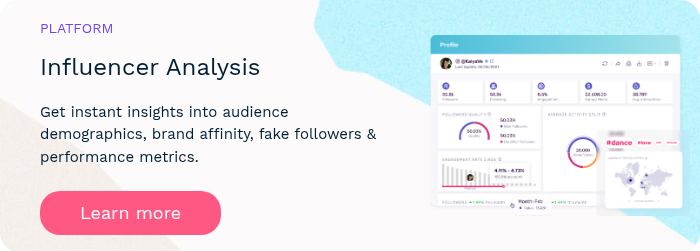
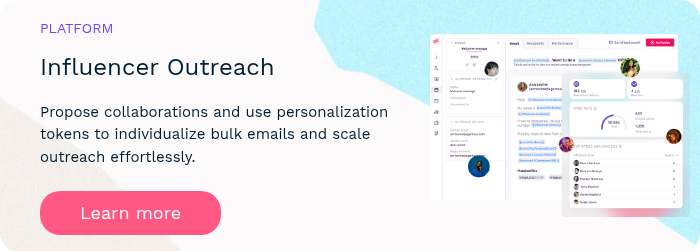
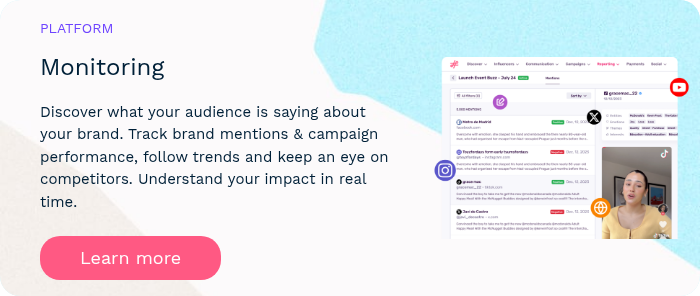
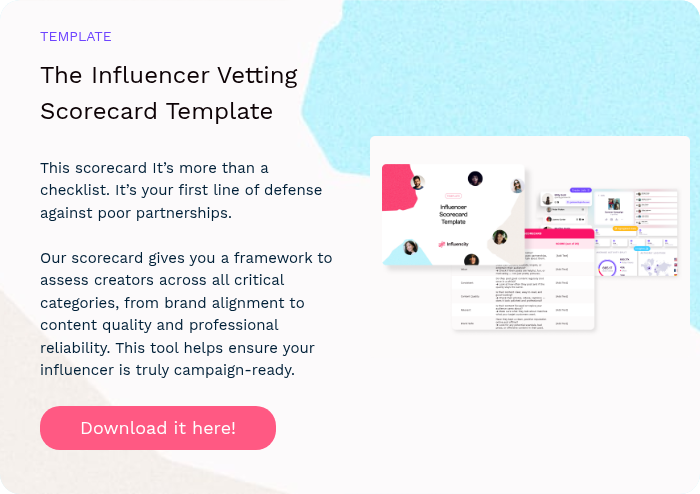

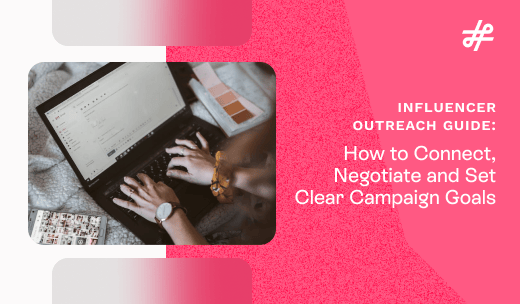




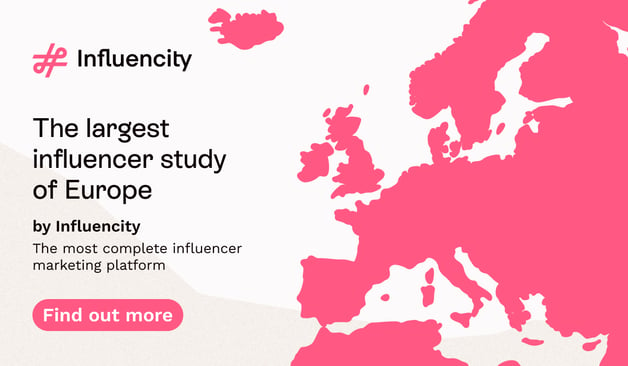

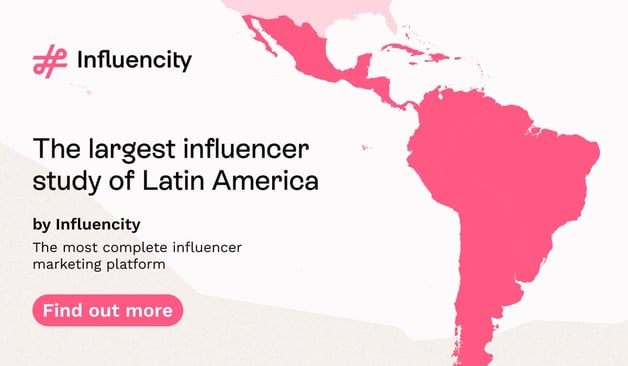


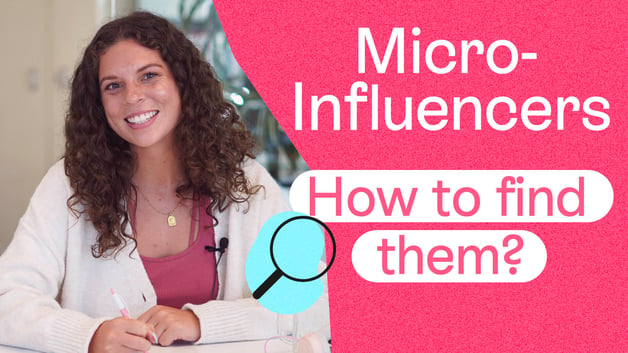


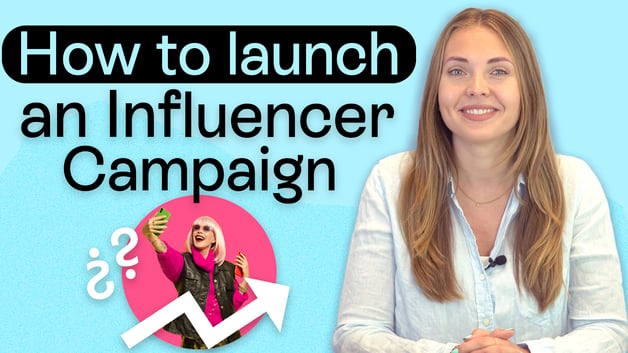

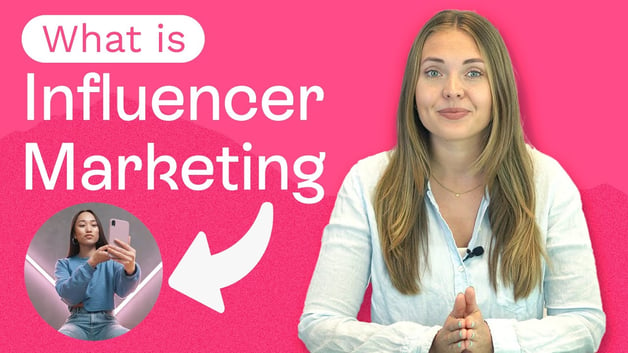

%20and%20How%20Can%20They%20Benefit%20Your%20Brand%20article.jpg?length=628&name=What%20Are%20Key%20Opinion%20Leaders%20(KOL)%20and%20How%20Can%20They%20Benefit%20Your%20Brand%20article.jpg)
